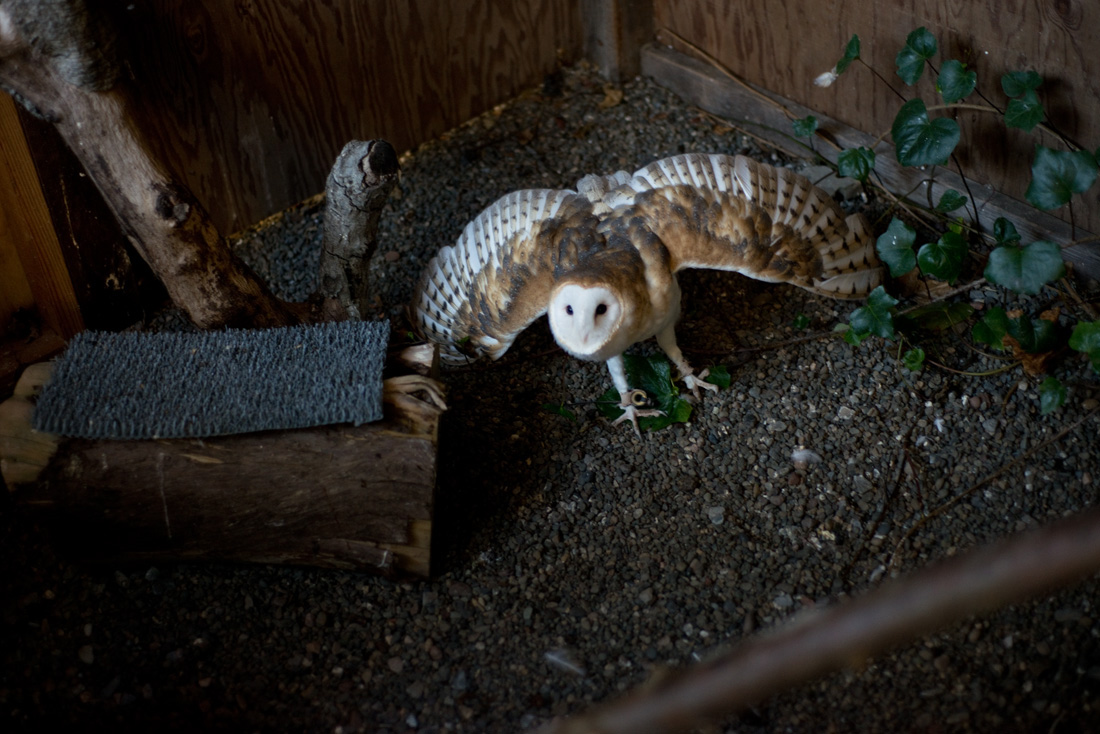At the end of last year, Bolinas Bay Lumber & Landscaping Supplies decided to stop carrying DeCon and other chemical rodenticides. Instead they began . . .
Locals shift to friendlier rat killers


At the end of last year, Bolinas Bay Lumber & Landscaping Supplies decided to stop carrying DeCon and other chemical rodenticides. Instead they began . . .